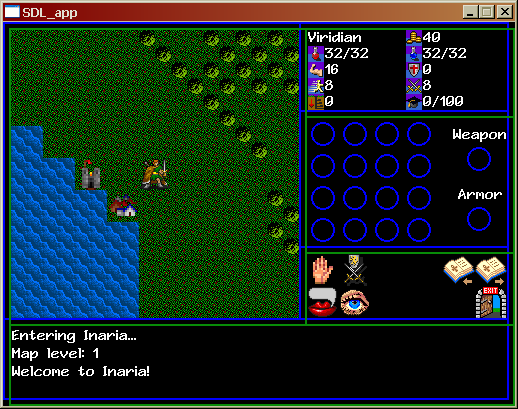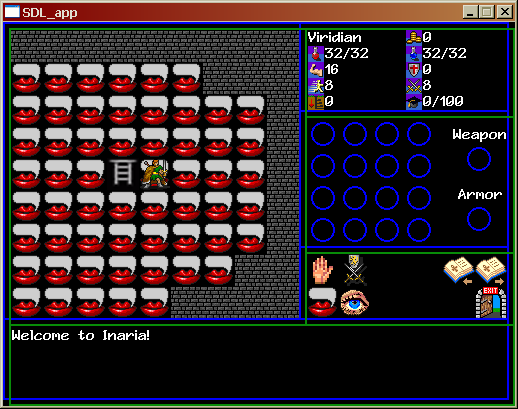I have now finished 110 of the 357 pages in my current book. That’s about thirty percent. I would very much like to get this book done by the end of next week…that will take a serious commitment from me. To the tune of about twenty-five pages a day.
I also have a little something else that I’ll talk about later, when it’s actually congealed.


